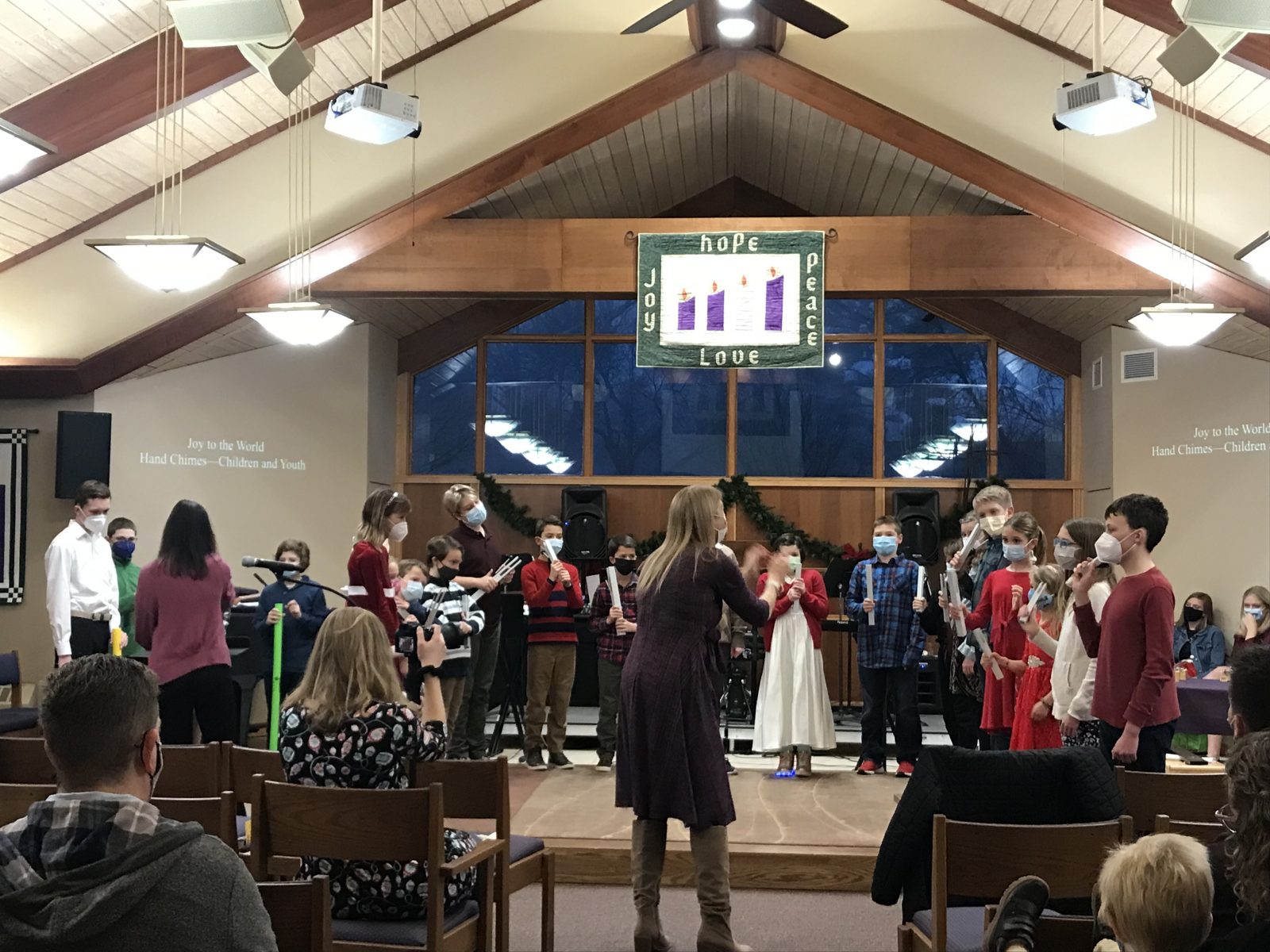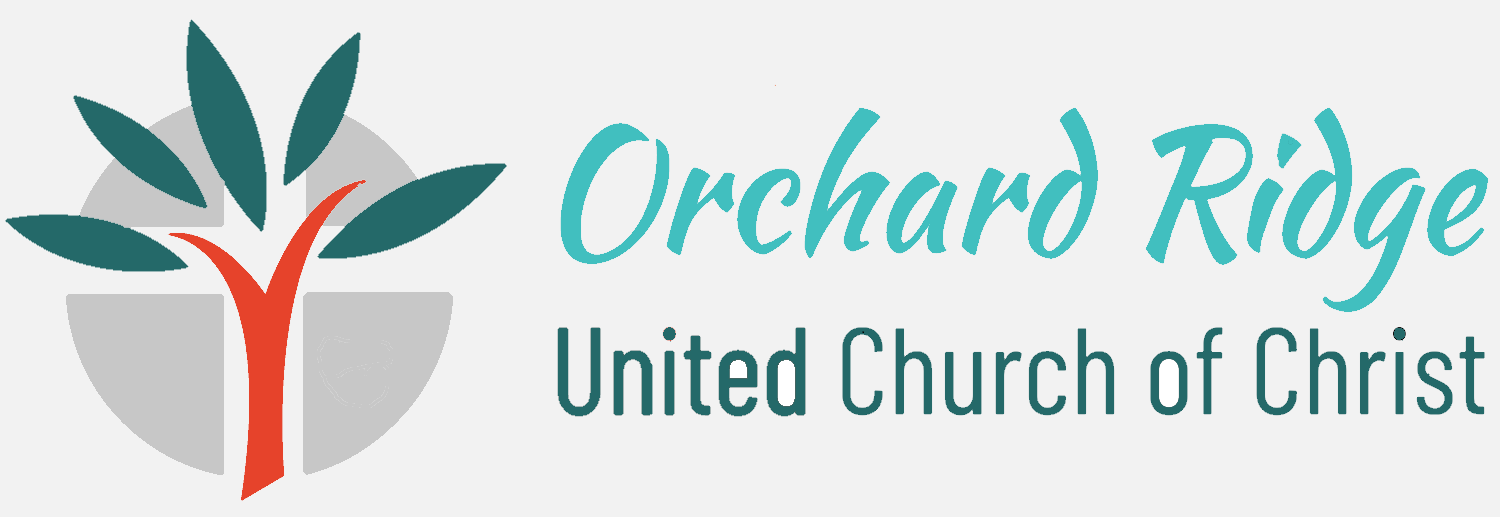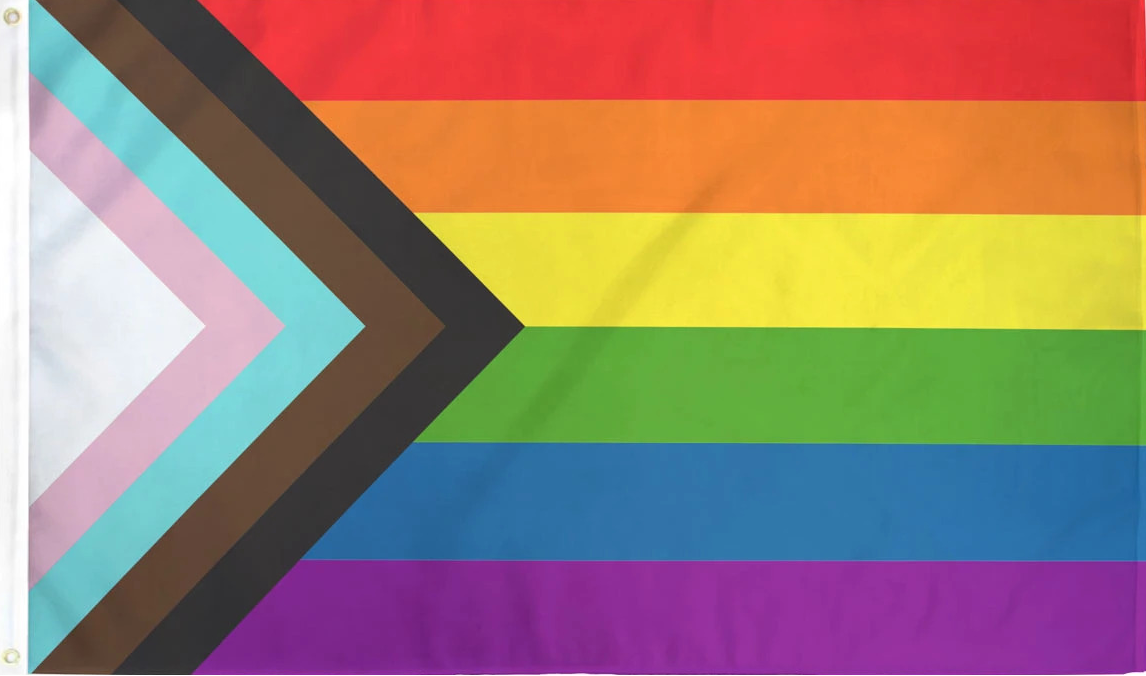Middle School Huddle- Reviewing Fall 2021
Note: This letter was sent to families with middle school youth. We are sharing it here so the rest of the church knows what has been happening.
It was so incredibly life-giving to gather again with our middle school youth this past fall and begin some good Bible workouts together. Our game plan was successful! We scored a victory when we finished our study of The Story of the Bible: Covenant’s Love with God’sPeople. This particular study is one playbook of many that we could use to study the Bible, but I think it is one of the best and every time we use it, we are guaranteed a victory.
It is so fascinating to follow how covenant with God and people gets passed down the Bible to the end zone. And we score a touchdown when we read the words of Jesus “I am the new covenant.” We understand Jesus’ statement so much better when we have reviewed the plays of covenant all throughout the Old Testament.
Here are just few stories we looked at:
| Genesis: Creation | Genesis 2:4-24 |
| Noah: Flood | Genesis 6:9-22 |
| Noah: Rainbow | Genesis 9:1-17 |
| Abraham’s Call | Genesis 12:1-3 |
| Abraham: Promise & Circumcision | Genesis 17:1-27 |
| Moses: Ten Commandments | Exodus 34:28; Deut. 5 :1-21 |
| Jeremiah: Promise of New Covenant | Jeremiah 31:31-34; 32:40 |
| Ezekiel: Promise of a New Covenant | Ezekiel 36:25-28 |
| Jesus: New Covenant | Luke 22:19-21 |
| Acts: Birth of Church | Acts 2:1-4, 43-47 |
| Now what about circumcision? | Acts 15 |
Ground Rules for Studying the Bible—Game Changer for Some!
What we try to do in our time together in Middle School Sunday School is unlock some of the ways we think about the Bible. For instance, even though kids haven’t been taught that everything that is described about God in the Bible is true, there is still this misperception in some of our thinking. So, we try and tackle that with this description of the Bible–
The Bible is the inspired and informing word of God (1) about the way and will of God and (2) about our human condition. It is our job as we read the Bible to discern what voice is speaking: Is the text speaking of God’s ways or the ways of humans? This is not always easy.
And…another common misperception we have of God that might cause us to fumble the ball is that the God of the Old Testament is understood as a God of wrath and judgment, whereas the God of the New Testament is one of love and forgiveness.
This misperception gets thrown a penalty flag (not really but going along with the football theme) with the following redirections:
(1) Part of being human is living with our violent nature. Humans throughout history have often projected their violence onto God, believing that God was directing them to use violence to kill their enemies. There are a lot of stories in the Old Testament, in particular, that depict God as a wrathful, violent God.
(2) Our best picture of God is Jesus who was nonviolent. The point of the cross is that Jesus takes violence out of circulation. He responds to human violence by absorbing it and responding with the only thing that will stop the cycle of violence from continuing—forgiveness.
(3) The stories of the Bible reflect people’s growing and changing understandings of God. Their understandings of God were not static…they evolved just like our understandings of God evolve.
We often fumble over these ground rules and therefore we keep practicing and working out to develop larger theological muscles.
Middle School Huddle—Plans for this Winter/Spring 2022
We will begin winter practice camp with a deeper look at Jesus’ life and ministry concentrating on his driving concerns that determined how he lived his life. Jesus’ five passions we will cover are: God, love, community, service, and justice. It will take us about 3 Sundays to get these passions into our game plan.
Then we will begin our Coexist Study. This will be a study of six major religions: Judaism, Buddhism, Islam, Hinduism, Sikhism, and Christianity. You might wonder why we include Christianity in our workout. What we discover is that we learn a lot about our own religion when we compare it with others. It’s good to keep working all of our theological muscles and understand the similarities as well as the differences. And as we work out among these religions, we learn that the differences are engaging and intriguing, not to be judged as better or worse.
We end our Coexist unit with a trip to Milwaukee. Bethel-Bethany UCC hosts an urban immersion experience that we have been attending for many years. We will visit four different religious settings—St. Ben’s Community Meal (a Capuchin Community Service), Greater Mt. Sinai Church of God in Christ (Pentecostal), The Islamic Center of Milwaukee, and the Sikh Temple in Oak Creek. In addition, we will also serve at The Guest House of Milwaukee which provides services and shelter to men experiencing homelessness.
This is the Superbowl of our Coexist study!! It is a blast of a workout and we come back
to Madison feeling victorious! Go team!!





